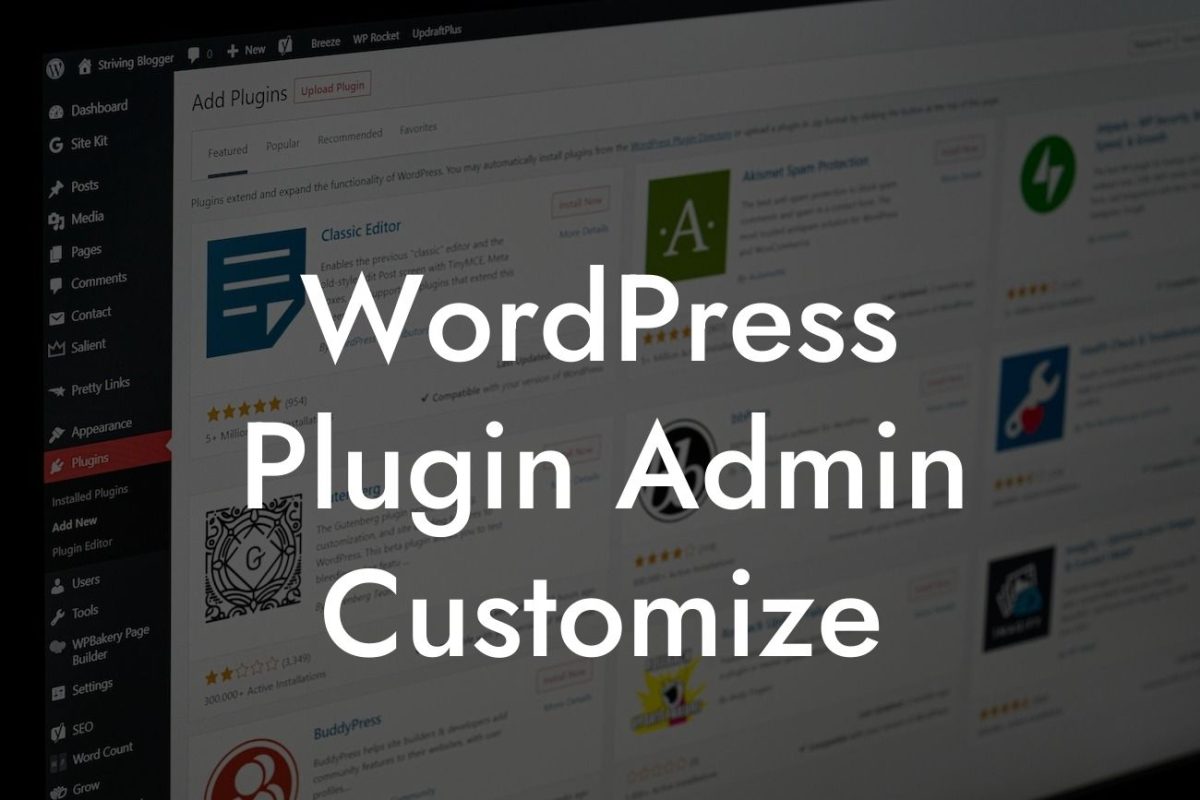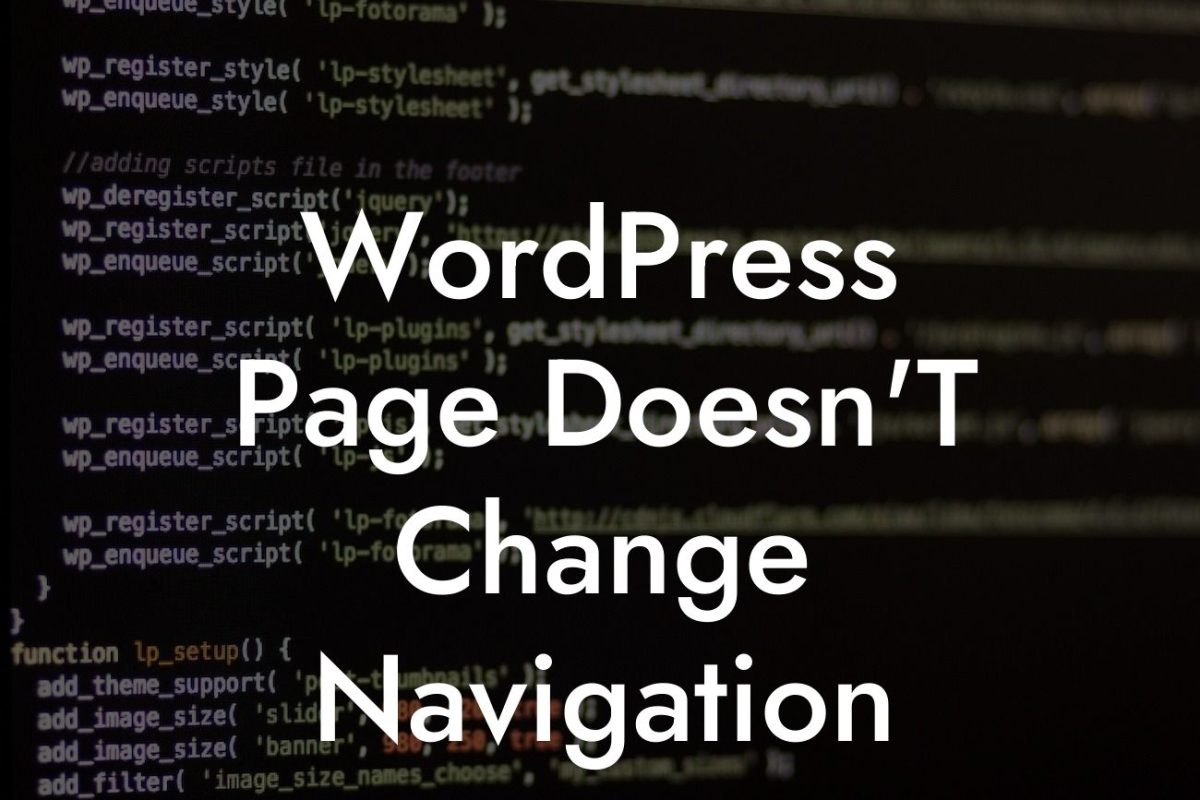Tags are a crucial component of any WordPress website. They provide a convenient way to categorize and organize your content, making it easier for both visitors and search engines to navigate your site. By adding relevant tags to your posts, you can enhance the user experience, improve your website's organization, and boost its visibility in search engine results. In this guide, we'll walk you through the process of adding tags on WordPress, sharing practical examples and valuable insights along the way. Get ready to supercharge your website with the power of effective tagging!
Adding tags in WordPress is a simple process that can have a profound impact on the organization and visibility of your website. Let's dive into the step-by-step guide to mastering this skill.
1. Understanding the purpose of tags: Tags are keywords or phrases that describe the primary topics or themes of your content. They serve as labels that help visitors find related articles and assist search engines in understanding the context of your posts. When selecting tags, aim for relevance and specificity to effectively categorize your articles.
2. Adding tags to your posts: In the WordPress editor, you'll find the "Tags" section on the right-hand side. Simply enter your desired tags, separating each one with a comma. As you start typing, WordPress will also suggest existing tags to choose from, making the process even more convenient. Remember to use relevant keywords that accurately represent the content of your post.
3. Utilizing hierarchical tags: WordPress allows you to create hierarchical tags, also known as nested tags. This means you can create parent and child tags, providing a more structured and organized system. For example, if you have a food blog, you can create a parent tag called "Recipes" and child tags like "Desserts" or "Vegetarian." This hierarchical structure can enhance the navigation experience for visitors.
Looking For a Custom QuickBook Integration?
4. Using plugins for enhanced functionality: WordPress plugins, such as DamnWoo's Advanced Tagging plugin, offer additional features and customization options for your tags. These plugins can help you automatically generate tags based on content analysis, suggest related tags, or provide tag cloud visualizations, enhancing both the backend management and frontend user experience.
How To Add Tags On Wordpress Example:
Suppose you have a fitness blog, and your latest post is about weightlifting exercises for beginners. When adding tags to this post, consider using relevant keywords like "fitness tips," "strength training," "beginners guide," "weightlifting," and "exercise routines." These tags will not only help visitors navigate your website but also increase the likelihood of your post appearing in search results when users search for these specific topics.
Congratulations! You've now mastered the art of adding tags on WordPress. By implementing this simple yet powerful technique, you can elevate the organization and visibility of your website, ultimately driving more traffic and engagement. Don't forget to explore other guides on DamnWoo, where we share more valuable insights to help small businesses and entrepreneurs succeed online. And if you're ready to take your website to the next level, try one of our awesome WordPress plugins to supercharge your success. Share this article with others who can benefit from this knowledge and make the most out of WordPress tagging. Stay tuned for more exciting content from DamnWoo!













